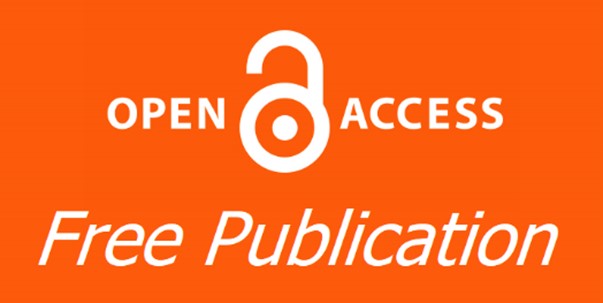Article Type
Article
Abstract
Aim
The aim of the study was to search for the role of correction of abnormalities of the nasal cavity in rhinogenic contact point headache and to evaluate its role in the treatment of this type of headache.
Patients and methods
The study included 20 patients who were recruited from September 2016 till December 2016 with rhinogenic contact headache of more than 1‑year duration. Evaluation of surgical management for these cases was done as regards improvement of headache duration, intensity, and frequency over a follow‑up period of 3 months at least after the operation.
Results
In all, 20 patients were included with ages in the range from 19 to 45 years; 11 of them were men and nine were women. Sixteen cases showed complete cure, two showed improvement, and two showed unsatisfied results. Deviated septum was found in 17 (85%) cases, concha bullosa in seven (35%) patients, and hypertrophied inferior turbinate in six (30%) patients. More than one anatomical variation was encountered in most of the cases. The two failed cases showed preoperative long duration since they started to complain of headache and longer duration of each headache attack.
Conclusion
Intranasal anatomical variations play a role in the pathogenesis of contact rhinogenic headache and the surgical treatment of these anatomical variations helped in improving contact headache.
Keywords:
anatomical variations, contact headache, rhinogenic.
Recommended Citation
Hamela MA, Raafat SA, Ghobrial NT,
et al.
Surgical treatment of rhinogenic contact point headache.
Pan Arab J. Rhinol.
2020;
10 : 34-39.
Available at:
https://pajr.researchcommons.org/journal/vol10/iss1/8
DOI: https://doi.org/10.4103/pajr.pajr_2_20
















